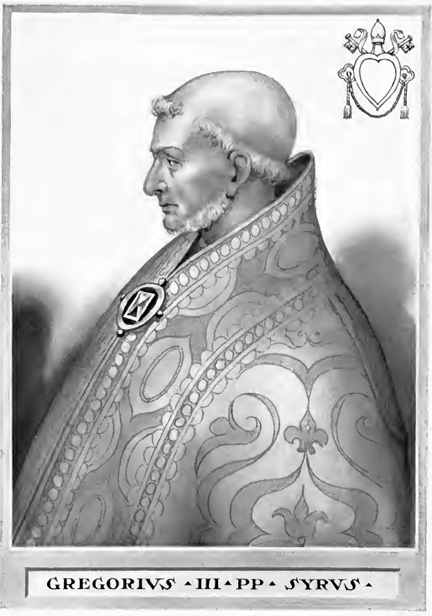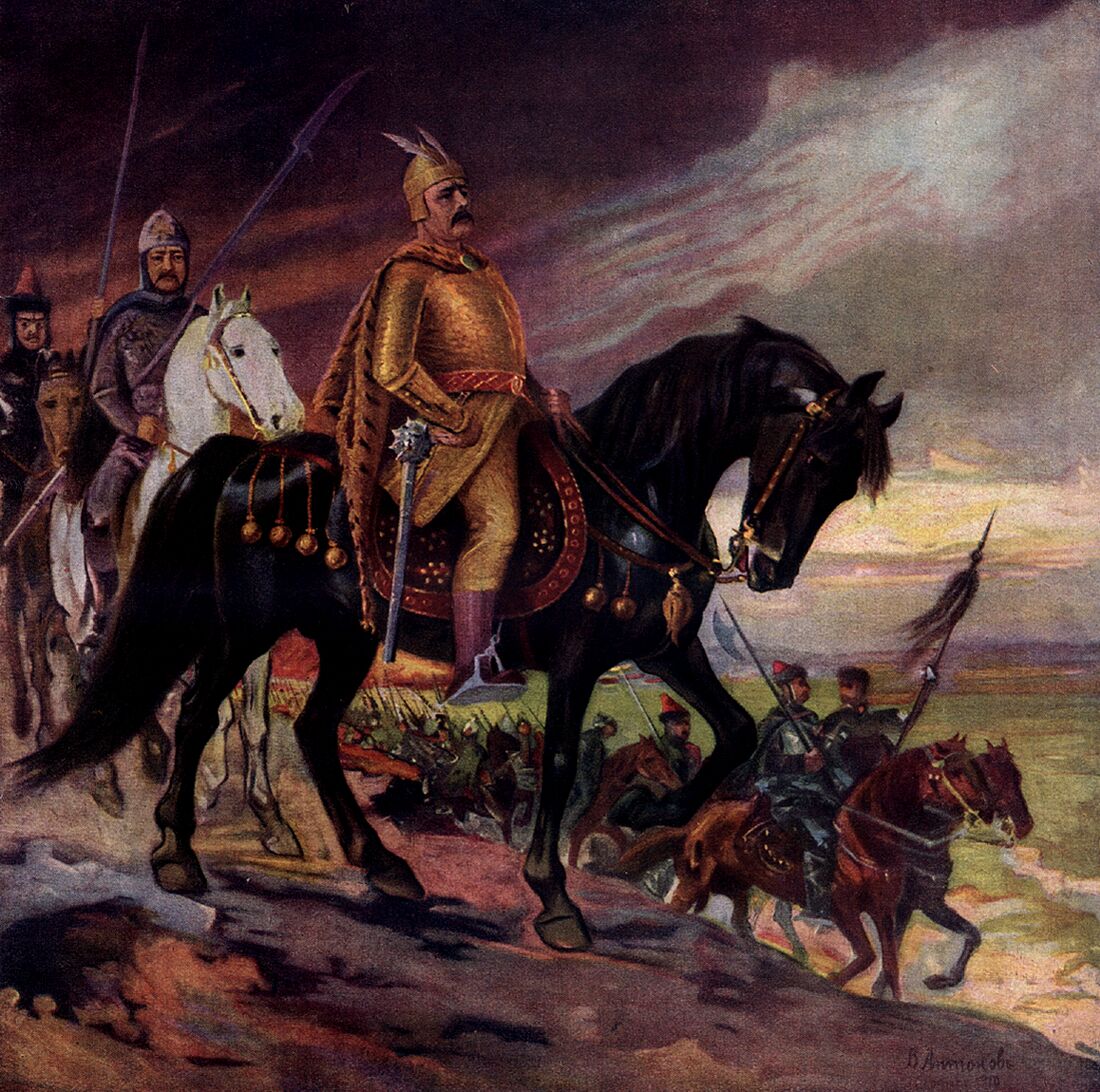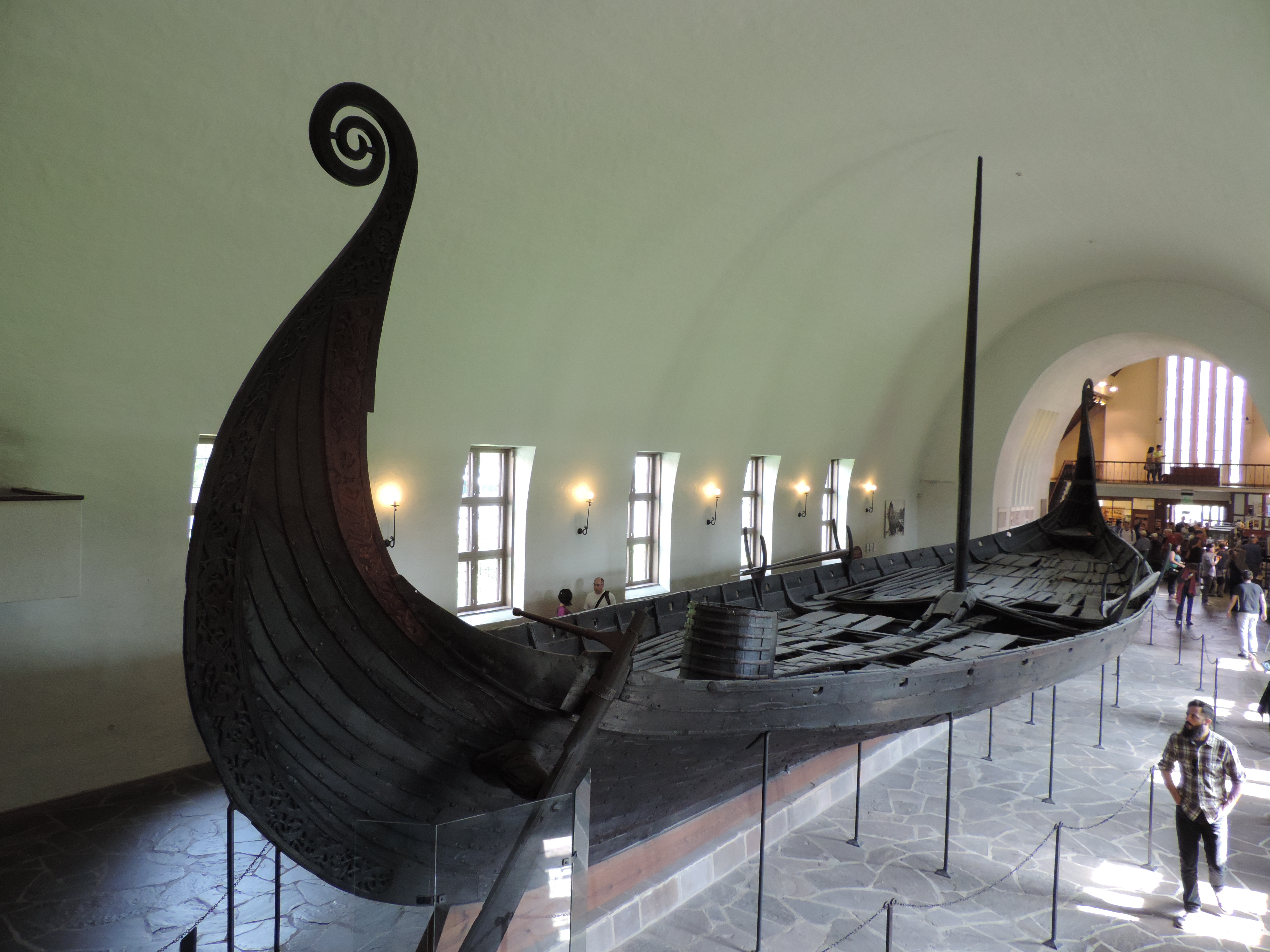|
ŇĆtomo No Otomaro
was a Japanese general of the Nara period and of the early Heian period. He was the first to hold the title of '' sei-i taishŇćgun''. The title of ShŇćgun was bestowed by Emperor Kanmu in 794. Some believe he was born in 727. His father was ŇĆtomo no Koshibi. Chronology *He was born of ŇĆtomo no Koshibi . *He was granted the second grade of the fifth rank of honor in 799 and appointed the lieutenant (''suke'') of the Palace Guards in 780. *In 783 he was made the deputy general in the Hitachi expedition. *In 791 he was granted the second grade of the fourth rank of honor. *In 794 he was declared ''Sei-i TaishŇćgun'' ("Barbarian-subduing Great General") by Emperor Kanmu, and together with Sakanoue no Tamuramaro subdued the Emishi. *In 795 he was granted the second grade of the third rank of honor and the Order of Merit, Second Class, for his military achievements. *He died on July 14, 809. References 731 births 809 deaths 8th-century Japanese people 9th-century Japa ... [...More Info...] [...Related Items...] OR: [Wikipedia] [Google] [Baidu] |
Nara Period
The of the history of Japan covers the years from 710 to 794. Empress Genmei established the capital of HeijŇć-kyŇć (present-day Nara). Except for a five-year period (740‚Äď745), when the capital was briefly moved again, it remained the capital of Japanese civilization until Emperor Kanmu established a new capital, Nagaoka-kyŇć, in 784, before moving to Heian-kyŇć, modern Kyoto, a decade later in 794. Japanese society during this period was predominantly agricultural and centered on village life. Most of the villagers followed ShintŇć, a religion based on the worship of natural and ancestral spirits named ''kami.'' The capital at Nara was modeled after Chang'an, the capital city of the Tang dynasty. In many other ways, the Japanese upper classes patterned themselves after the Chinese, including adopting the Chinese writing system, Chinese fashion, and a Chinese version of Buddhism. Literature Concentrated efforts by the imperial court to record its history produced the f ... [...More Info...] [...Related Items...] OR: [Wikipedia] [Google] [Baidu] |
Heian Period
The is the last division of classical Japanese history, running from 794 to 1185. It followed the Nara period, beginning when the 50th emperor, Emperor Kammu, moved the capital of Japan to Heian-kyŇć (modern Kyoto). means in Japanese. It is a period in Japanese history when the Chinese influence on Japanese culture, Chinese influences were in decline and the national culture matured. The Heian period is also considered the peak of the Japanese Emperors of Japan, imperial court, noted for its Japanese art, art, especially Japanese poetry, poetry and Japanese literature, literature. Two syllabaries unique to Japan, katakana and hiragana, emerged during this time. This gave rise to Japan's famous vernacular literature, with many of its texts written by court ladies who were not as educated in Chinese as their male counterparts. Although the Imperial House of Japan had power on the surface, the real power was in the hands of the Fujiwara clan, a powerful Kuge, aristocratic family wh ... [...More Info...] [...Related Items...] OR: [Wikipedia] [Google] [Baidu] |
ShŇćgun
, officially , was the title of the military rulers of Japan during most of the period spanning from 1185 to 1868. Nominally appointed by the Emperor, shoguns were usually the de facto rulers of the country, except during parts of the Kamakura period and Sengoku period when the shoguns themselves were figureheads, with real power in the hands of the of the HŇćjŇć clan and of the Hosokawa clan. In addition, Taira no Kiyomori and Toyotomi Hideyoshi were leaders of the warrior class who did not hold the position of shogun, the highest office of the warrior class, yet gained the positions of and , the highest offices of the aristocratic class. As such, they ran their governments as its de facto rulers. The office of shogun was in practice hereditary, although over the course of the history of Japan several different clans held the position. The title was originally held by military commanders during the Heian period in the eighth and ninth centuries. When Minamoto no Y ... [...More Info...] [...Related Items...] OR: [Wikipedia] [Google] [Baidu] |
Emperor Kanmu
, or Kammu, was the 50th emperor of Japan,Imperial Household Agency (''KunaichŇć'') ś°ďś≠¶Ś§©Áöá (50) retrieved 2013-8-22. according to the traditional order of succession. Kammu reigned from 781 to 806, and it was during his reign that the scope of the emperor's powers reached its peak. His reign saw the transition from the Nara period to the Heian period. Traditional narrative Kammu's personal name ('' imina'') was .Brown, p. 277 He was the eldest son of Prince Shirakabe (later known as Emperor KŇćnin), and was born prior to Shirakabe's ascension to the throne. According to the , Yamabe's mother, Yamato no Niigasa (later called Taka ... [...More Info...] [...Related Items...] OR: [Wikipedia] [Google] [Baidu] |
Sakanoue No Tamuramaro
was a court noble, general and ''shŇćgun'' of the early Heian period of Japan. He served as Dainagon, Minister of War and ''Ukon'e no Taisho'' (Major Captain of the Right Division of Inner Palace Guards). He held the ''kabane'' of ŇĆsukune and the court rank of Junior Second Rank and was awarded the Order of Second Class. He was the son of Sakanoue no Karitamaro. He was considered an avatar of Bishamonten in legend. Military career Serving Emperor Kanmu, Tamuramaro was appointed ''shŇćgun'' and given the task of conquering the Emishi (ŤĚ¶Ś§∑ŚĺĀšľź ''Emishi Seibatsu''), a people native to the north of HonshŇę, which he subjugated. Recent evidence suggests that a migration of Emishi from northern HonshŇę to HokkaidŇć took place sometime between the seventh and eighth centuries, perhaps as a direct result of this policy that pre-dated Tamuramaro's appointment. However, many Emishi remained in the TŇćhoku region as subjects of the expanding Japanese Empire and later establ ... [...More Info...] [...Related Items...] OR: [Wikipedia] [Google] [Baidu] |
Emishi
The were a group of people who lived in parts of northern HonshŇę in present-day Japan, especially in the TŇćhoku region. The first mention of the Emishi in literature that can be corroborated with outside sources dates to the 5th century AD, in which they are referred to as (śĮõšļļ‚ÄĒ"hairy people") in Chinese records. Some Emishi tribes resisted the rule of various Japanese emperors during the Asuka, Nara, and early Heian periods (7th‚Äď10th centuries AD). The origin of the Emishi is disputed and continues to be a topic of discussion; however, some theories propose a connection to either the Epi-JŇćmon tribes of Japan which became the ancestors of the Ainu people of Hokkaido, or pre-Yamato Japanese migrants. It has been posited that the Emishi may have either spoken a unique Japonic language similar to the Izumo dialect, or a distinct language related to Ainu, or both. Moreover, even though there is a significant geographical gap between Northeast Japan and the South‚ ... [...More Info...] [...Related Items...] OR: [Wikipedia] [Google] [Baidu] |
731 Births
__NOTOC__ Year 731 ( DCCXXXI) was a common year starting on Monday of the Julian calendar. The denomination 731 for this year has been used since the early medieval period, when the Anno Domini calendar era became the prevalent method in Europe for naming years. Events By place Europe * Umayyad conquest of Gaul: Munuza, Moorish governor of Cerdagne (eastern Pyrenees), rebels against Umayyad authority. He is defeated and executed by Muslim forces under Abdul Rahman Al Ghafiqi at Urgell (Catalonia). Muslim garrisons in Septimania raid the cities Millau and Arles. * Ragenfrid, ex-mayor of the palace of Neustria, meets Duke Eudes of Aquitaine, to accept his rule and independence from the Frankish Kingdom. Fearing an alliance against him, Charles Martel exiles Ragenfrid's supporter Wandon of Fontenelle, and imprisons bishop Aimar of Auxerre. * Charles Martel leads two raids across the Loire River into the Berry region. The Franks seize and plunder Bourges (central Franc ... [...More Info...] [...Related Items...] OR: [Wikipedia] [Google] [Baidu] |
809 Deaths
__NOTOC__ Year 809 ( DCCCIX) was a common year starting on Monday of the Julian calendar, the 809th year of the Common Era (CE) and Anno Domini (AD) designations, the 809th year of the 1st millennium, the 9th year of the 9th century, and the 10th and last year of the 800s decade. Events By place Byzantine Empire * Spring – Siege of Serdica: Krum, ruler (''khan'') of the Bulgarian Empire, captures the fortress of Serdica (modern Sofia), after a long siege. According to Byzantine sources, he massacres the garrison (supposedly 6,000 men), sacks the city, and razes the city walls, before returning with much loot to Bulgaria. In the following years (and centuries), Serdica will serve as a base for the expansion of the Bulgars to the south of the Balkans. Europe * A Byzantine fleet lands in the Venetian Lagoon, and attacks a Frankish flotilla at Comacchio, but is defeated. Doge Obelerio degli Antenori marries a Frankish bride, Carola; she becomes the first dogaress ... [...More Info...] [...Related Items...] OR: [Wikipedia] [Google] [Baidu] |
8th-century Japanese People
The 8th century is the period from 701 (represented by the Roman numerals DCCI) through 800 (DCCC) in accordance with the Julian Calendar. In the historiography of Europe the phrase the long 8th century is sometimes used to refer to the period of circa AD 660‚Äď820. The coast of North Africa and the Iberian Peninsula quickly came under Islamic Arab domination. The westward expansion of the Umayyad Empire was famously halted at the siege of Constantinople by the Byzantine Empire and the Battle of Tours by the Franks. The tide of Arab conquest came to an end in the middle of the 8th century.Roberts, J., '' History of the World'', Penguin, 1994. In Europe, late in the century, the Vikings, seafaring peoples from Scandinavia, begin raiding the coasts of Europe and the Mediterranean, and go on to found several important kingdoms. In Asia, the Pala Empire is founded in Bengal. The Tang dynasty reaches its pinnacle under Chinese Emperor Xuanzong. The Nara period begins in Jap ... [...More Info...] [...Related Items...] OR: [Wikipedia] [Google] [Baidu] |
9th-century Japanese People
The 9th century was a period from 801 (represented by the Roman numerals DCCCI) through 900 (CM) in accordance with the Julian calendar. The Carolingian Renaissance and the Viking raids occurred within this period. In the Middle East, the House of Wisdom was founded in Abbasid Baghdad, attracting many scholars to the city. The field of algebra was founded by the Muslim polymath al-Khwarizmi. The most famous Islamic scholar Ahmad ibn Hanbal was tortured and imprisoned by Abbasid official Ahmad ibn Abi Du'ad during the reign of Abbasid caliph al-Mu'tasim and caliph al-Wathiq. In Southeast Asia, the height of the Mataram Kingdom happened in this century, while Burma would see the establishment of the major kingdom of Pagan. Tang China started the century with the effective rule under Emperor Xianzong and ended the century with the Huang Chao rebellions. In America, the Maya experienced widespread political collapse in the central Maya region, resulting in internecine warfare, ... [...More Info...] [...Related Items...] OR: [Wikipedia] [Google] [Baidu] |
8th-century ShŇćguns
The 8th century is the period from 701 (represented by the Roman numerals DCCI) through 800 (DCCC) in accordance with the Julian Calendar. In the historiography of Europe the phrase the long 8th century is sometimes used to refer to the period of circa AD 660‚Äď820. The coast of North Africa and the Iberian Peninsula quickly came under Islamic Arab domination. The westward expansion of the Umayyad Caliphate, Umayyad Empire was famously halted at the Siege of Constantinople (718), siege of Constantinople by the Byzantine Empire and the Battle of Tours by the Franks. The tide of Arab conquest came to an end in the middle of the 8th century.Roberts, J., ''History of the World (book), History of the World'', Penguin, 1994. In Europe, late in the century, the Vikings, seafaring peoples from Scandinavia, begin raiding the coasts of Europe and the Mediterranean, and go on to found several important Monarchy, kingdoms. In Asia, the Pala Empire is founded in Bengal. The Tang dynasty ... [...More Info...] [...Related Items...] OR: [Wikipedia] [Google] [Baidu] |








